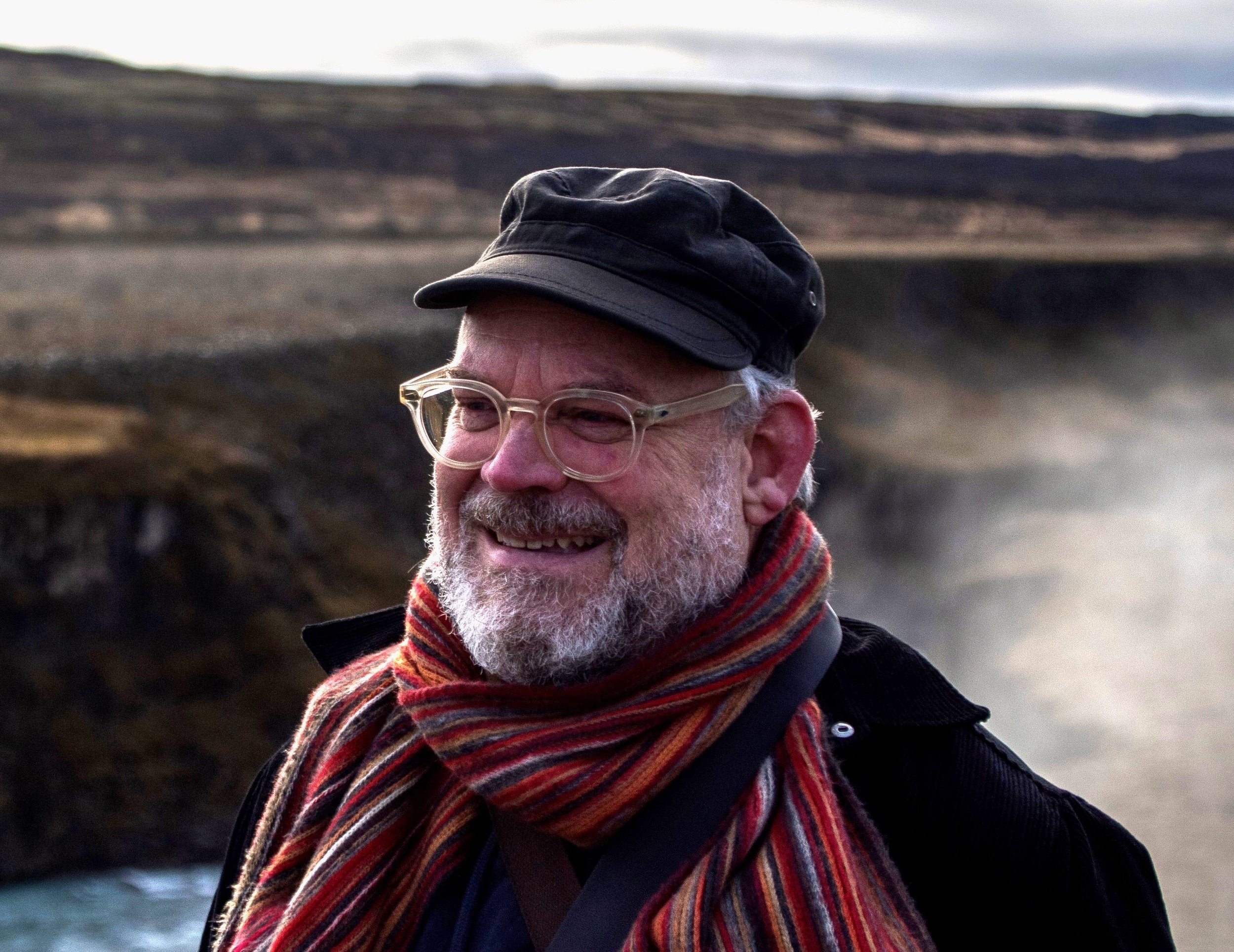
UCL Levitated Optomechanics: Quantum control and sensing on the nanoscale
Cooling and controlling the motion of levitated nanoparticles
We create nanomechanical oscillators by levitating nanoparticles using optical and electric fields. By trapping these particles in high vacuum, they are isolated from the environment allowing them to be cooled into their quantum groundstate. To cool these oscillators we use both feedback and cavity cooling to reduce their motional temperatures to the microKelvin regime. Not only do we cool their translation motion, but we have recently cooled both their rotational motion and their translational motion as well. We are part of the Atomic, Molecular, Optical and Positron Physics group at UCL.
Quantum mechanics in the macroscopic regime
Levitated nanomechaical oscillators are a brand new, large mass, quantum system that we are exploring. Quantum mechanics is largely untested on this scale and there is a significant worldwide push to create quantum or non-classical states of motion. This includes centre-of-mass superpositions. The relatively large mass of these qauntum systems makes them the ideal test bed for investigating the quantumness of gravity in the lab.
Levitated quantum sensors
A staggering 85% of the universe's mass is dark matter, but we don’t yet know what dark matter actually is. Huge international efforts are now underway to find the answer to this important mystery. Our team is developing a new type of quantum sensor that uses the levitation of silica nanosphere spheres in vacuum. This sensor aims to detect the tiny collisions between the dark matter around us and the spheres. We collaborate with Chamkaur Ghag in the high energy physics (HEP) group at UCL and are part of the Cosmoparticle initiative.
News
Peter travels 1.2 km below the ground to visit the Boulby Dark Matter lab.
Congratulations to Amy for the new paper in the New Journal of Physics on A levitated atom-nanosphere hybrid quantum system Hopper and P F Barker 2024 New J. Phys. 26 013015 DOI 10.1088/1367-2630/ad19f6
Congratulations to Jonathan who submitted his PhD thesis shortly after we had our Christmas dinner.
We attended the UK Quantum Science Technology Showcase 2023 in the Business Design Center in Angel, London, demonstrating our levitated dark matter quantum sensor outreach setup to various stakeholders.
We sent Antonio off after an incredible 7 years in our group with a joint group BBQ dinner at Tania’s. - To new adventures in Florence and so long, Antonio.
We had our first joint KCL-UCL optotea group meeting, which will become a regular exchange to overcome common problems jointly in the levitation community.
We welcome Felipe Almeida as a new PhD student in the group. Bohdan Glisevic and Yuhang Zhai join for final year projects.
Peter, Markus, Jon and Kelvin present our work to the public at Royal Society’s Summer Science Exhibition.
Congratulations to Markus who has just submitted his thesis! He will continue to work within the group on a Quantum Technology Fellowship.
Meet the Team
-

Peter Barker
Primary Investigator, Professor of Physics
-

Tania Monteiro
Primary Investigator, Professor of Physics
-

Antonio Pontin
Senior scientist
-

Jon Gosling
Postdoctoral Fellow
-

Markus Rademacher
Postdoctoral Fellow
-

Fiona Alder
PhD student
-

Julian Iacoponi
PhD student
-

Kelvin Ho
Research assistant
-

Peiyao Xiong
PhD student
-

Hayden Fu
PhD student
-

Felipe Almeida Da Silva
PhD student
-

Bohdan Glisevic
MSci Student
-
Amy Hopper
PhD researcher
-

Eva Kilian
Postdoctoral Fellow
Simultaneous cavity cooling of all six degrees of freedom of a levitated nanoparticle
-
Cooling of all six degrees of motion of levitated nanoparticle using coherent scattering
Recent publications
Sympathetic cooling and squeezing of two co-levitated nanoparticles
-
Levitated particles are an ideal tool for measuring weak forces and investigating quantum mechanics in macroscopic objects. Arrays of two or more of these particles have been suggested for improving force sensitivity and entangling macroscopic objects. In this article, two charged, silica nanoparticles, that are coupled through their mutual Coulomb repulsion, are trapped in a Paul trap, and the individual masses and charges of both particles are characterized. We demonstrate sympathetic cooling of one nanoparticle coupled via the Coulomb interaction to the second nanoparticle to which feedback cooling is directly applied. We also implement sympathetic squeezing through a similar process showing nonthermal motional states can be transferred by the Coulomb interaction.
Scalable optical levitation
-
Review of nice work by the Novotny group.
Controlling mode orientations and frequencies in levitated cavity optomechanics
-
It all begins with an idea. Maybe you want to launch a business. Maybe you want to turn a hobby into something more.
Measurement of single nanoparticle anisotropy by laser induced optical alignment and Rayleigh scattering for determining particle morphology
A more complete list of publications can be found in the links for each team member below.
















